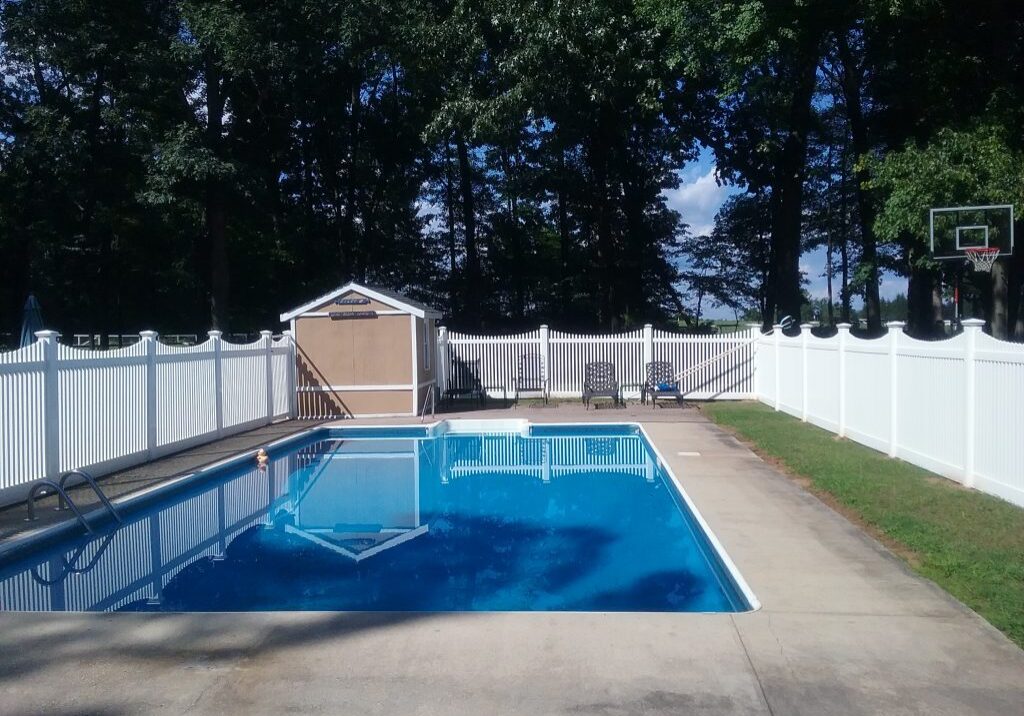All Categories
Featured

When planning a fence task, many homeowners concentrate primarily on the material and installment expenses. There are a number of covert expenditures that can add up swiftly and impact your total budget. Knowing these potential costs in advance can help you much better strategy and avoid unanticipated economic surprises. When budgeting for a fence., here's a breakdown of covert expenses you should think about.
- Authorizations and Laws. Before setting up a brand-new fencing, it is very important to contact your local federal government to see if licenses are required. Some counties or cities have stringent laws pertaining to fence product, height, and area, and you may need a license for your job. Additionally, if you stay in an area with a Homeowners' Organization (HOA), they might have their very own collection of guidelines and needs for fence.
Expense array: $50--$ 500 for licenses, relying on your place and job range. 2. Land Clearing Up and Preparation. If the location where you wish to install your fence is overgrown with greenery, rocks, or other challenges, it may need clearing before the fencing can be mounted. This can be a taxing process, especially if you have a big location to cover. Likewise, if your land is unequal or has an incline, you may need to invest in grading or leveling to make certain the fencing is mounted properly.

Expense array: $200--$ 2,000 depending on the size and complexity of the land prep work. 3. Removal of Existing Fence. If you're replacing an old fence, the expense of elimination and disposal might be more than anticipated. Several professionals charge extra to get rid of old fence, and disposal charges can contribute to the total price, specifically if the materials are challenging to reuse or dispose of.
Expense range: $3--$ 10 per straight foot for fencing removal and disposal. 4. Energy Line Marking and Adjustments. Prior to digging for messages, it is necessary to make sure that there are no below ground energies in the location, such as gas, water, or electrical lines. Utility companies usually supply a free solution to note these lines, but in many cases, professionals might charge for locating and changing these utilities to prevent damages throughout setup.
Expense range: $100--$ 500 for energy line adjustments or re-routing. 5. Customized Characteristics and Additions. If you decide to add personalized functions to your fence, such as entrances, attractive aspects, or automated systems, these can substantially raise the overall cost. Gates, specifically automated ones, need extra materials and labor, while ornamental components or customized designs contribute to the intricacy and cost.
Price array: $100--$ 2,000 or even more, relying on the functions you select. 6. Product Distribution Charges. While lots of service providers consist of product costs in their estimate, some charge a different fee for delivering the fencing materials to your residential property. Distribution charges can differ depending on the range from the provider to your area and the size of your order.
Expense variety: $50--$ 200 depending upon the distance and size of the order. 7. Post Installment Obstacles. The problem of the soil can have a huge effect on the convenience and expense of setup. Rocky, clay, or densely jam-packed dirt can make digging article openings taxing and tough. If your fence setup requires specialized devices to deal with challenging soil, these additional prices can accumulate.
Price range: $100--$ 500 or more relying on the dirt kind and problem. 8. Long-Term Maintenance Expenses. Some fence materials need recurring maintenance to guarantee they last. For instance, wood fencings might require to be discolored or sealed every few years to avoid rot, while plastic and metal fencings are usually low-maintenance however could sustain repair work for damage over time. It's essential to factor these future costs into your general budget plan.

Cost array: $50--$ 300 every year for upkeep, relying on product type. 9. Climate Hold-ups. Unpredictable weather, such as hefty rain, snow, or severe warm, can postpone the installation procedure. These hold-ups could lead to additional labor fees or longer-than-expected job timelines, adding to the total cost of the fence.
Expense array: Variable depending on weather and project duration. 10. Residential Or Commercial Property Line Disputes. Mounting a fence near a residential or commercial property line might cause disputes with next-door neighbors, specifically if the border is vague. In such situations, you may need to employ an expert property surveyor to develop the specific residential property line, which adds extra prices to your task.
Price array: $400--$ 1,000 for an expert residential property survey. Final thought. When budgeting for your fence, it's essential to account for both anticipated and concealed expenses to prevent any shocks. Licenses, land prep work, elimination of an old fence, energy adjustments, custom features, and long-lasting upkeep are just a few factors that can influence the last rate. By planning ahead and talking about all potential expenses with your professional, you can ensure that your secure fencing job remains within budget and fulfills your assumptions.
Latest Posts
Design and Performance Combined
Published Apr 19, 25
1 min read
Checking out the Advantages of WyHy Share Interest-bearing Account
Published Apr 19, 25
1 min read
Emergency Situation Roof Covering Repair Service-- Stopping Leakages in Their Tracks
Published Apr 19, 25
1 min read